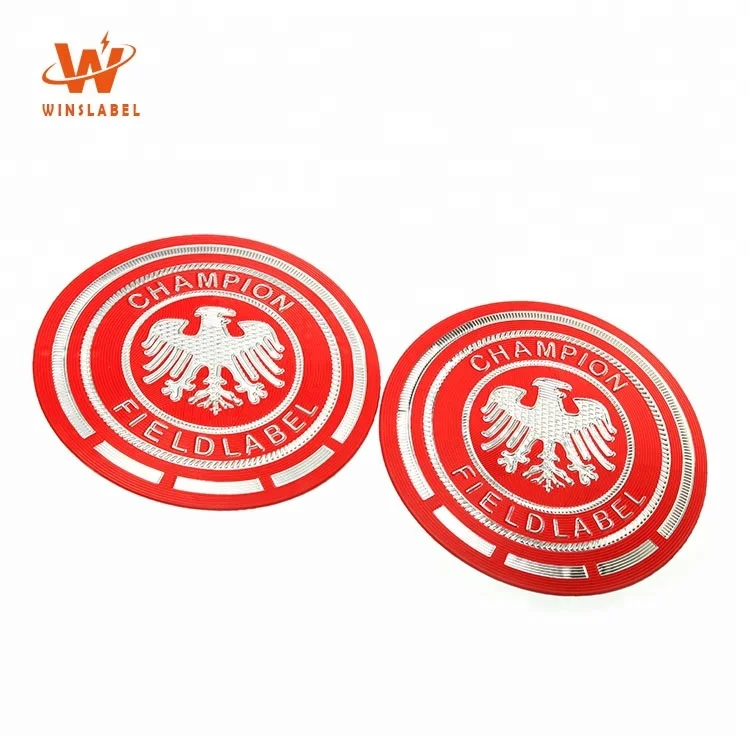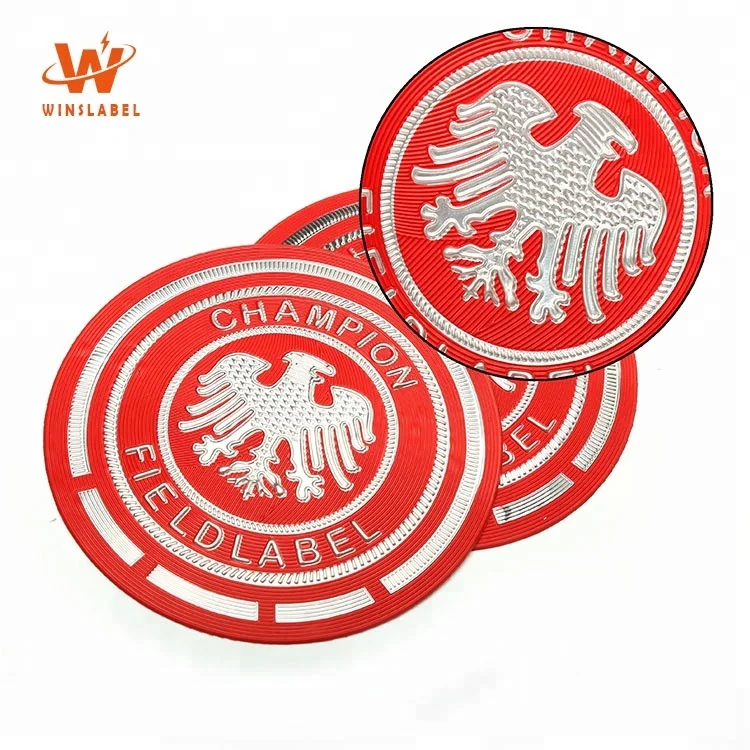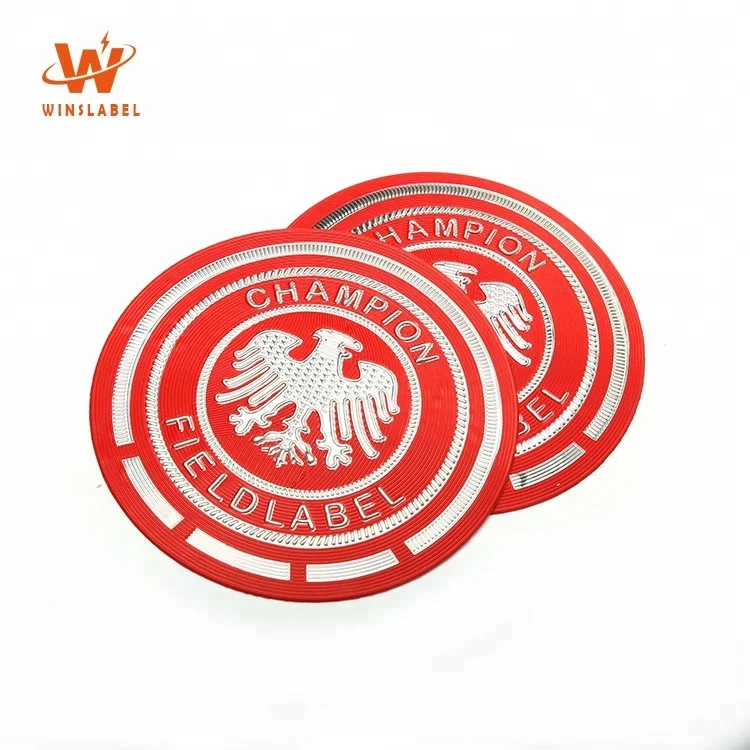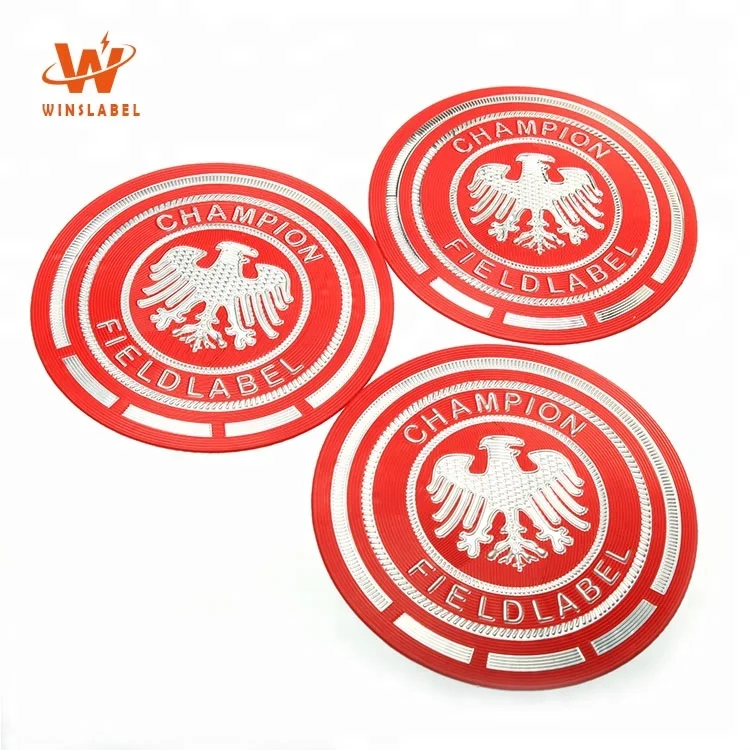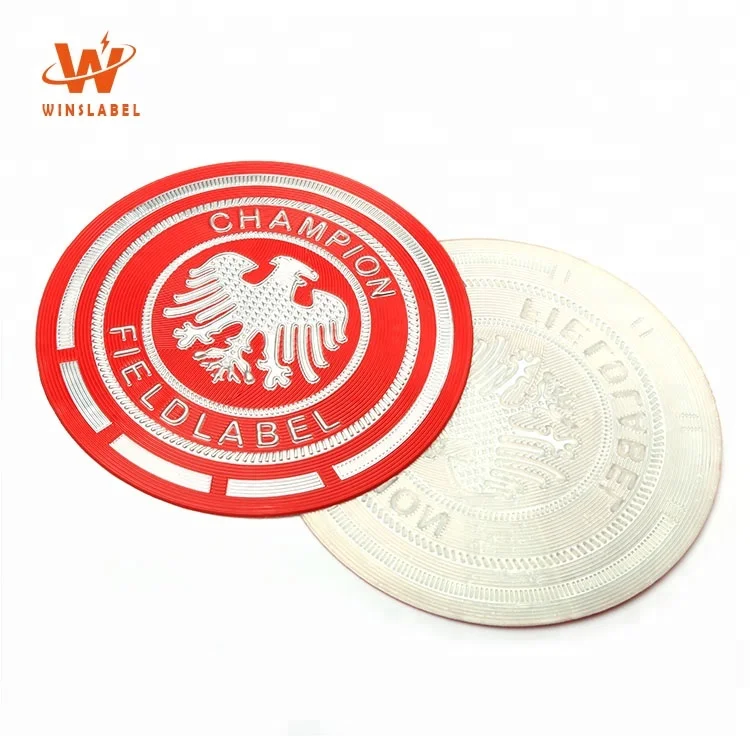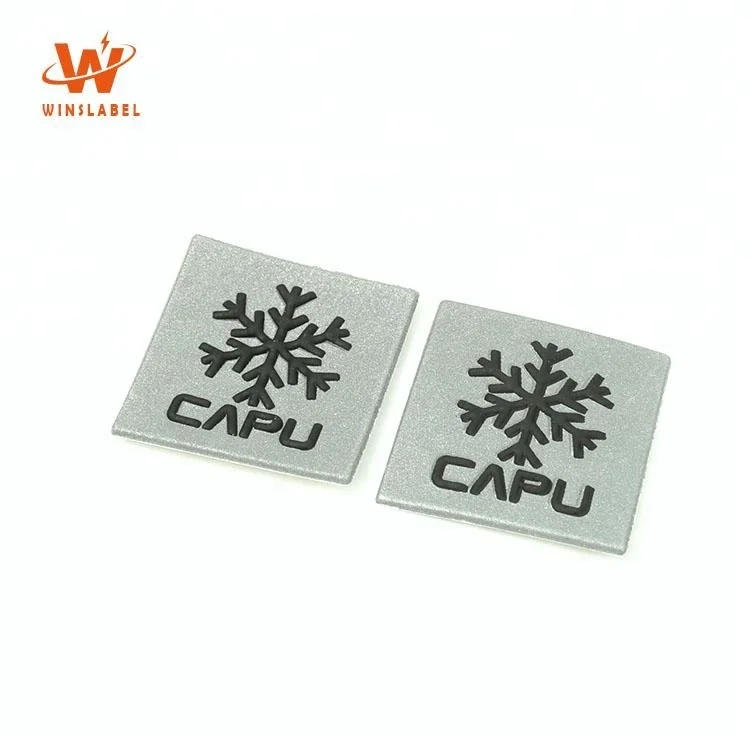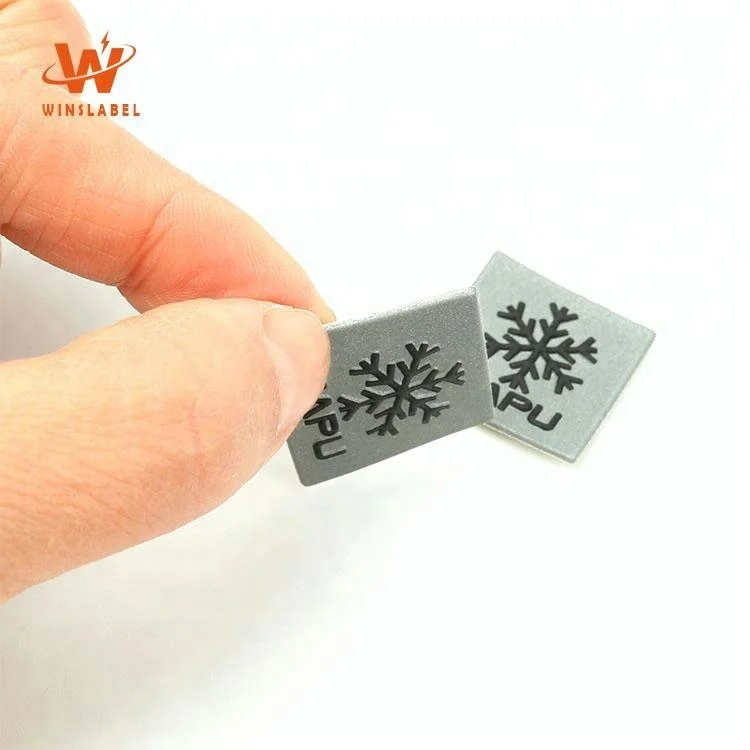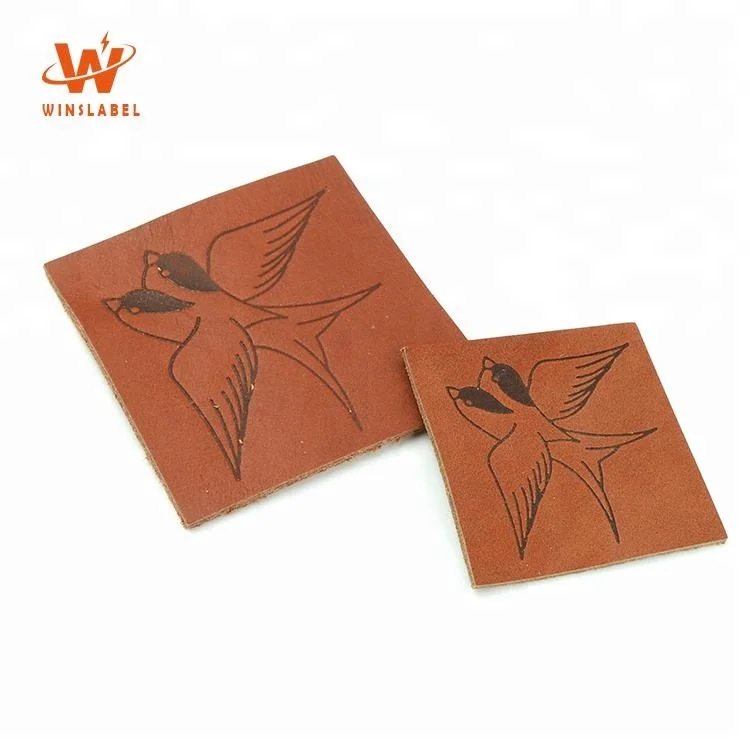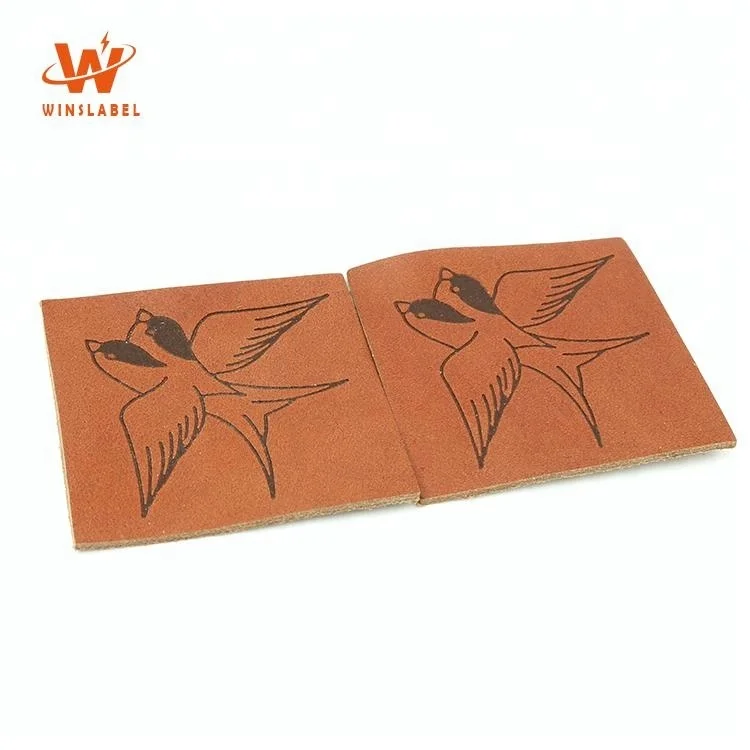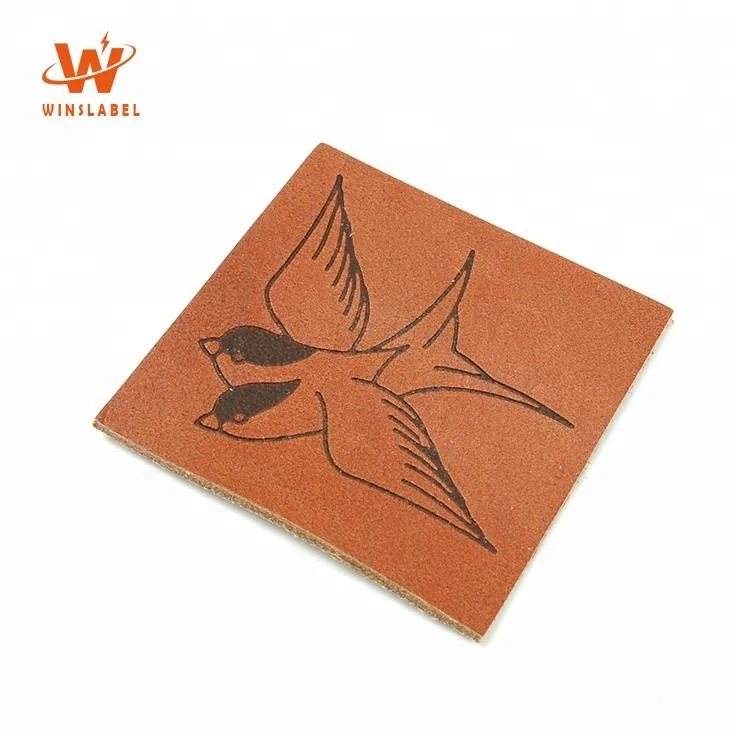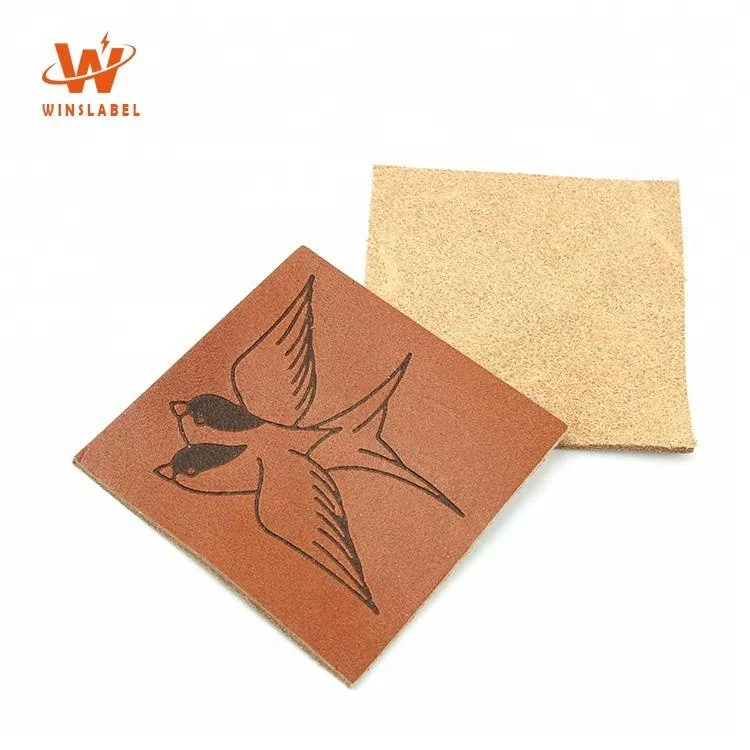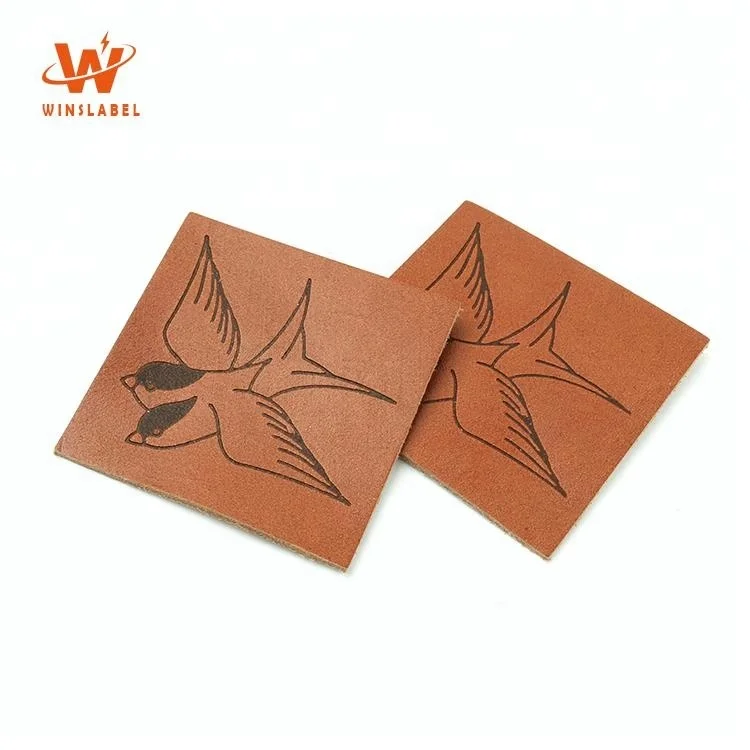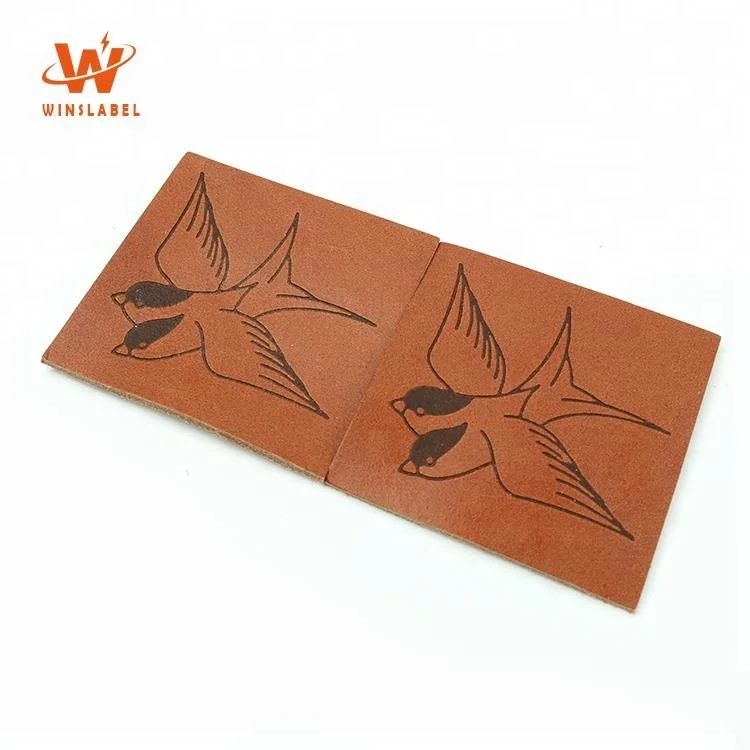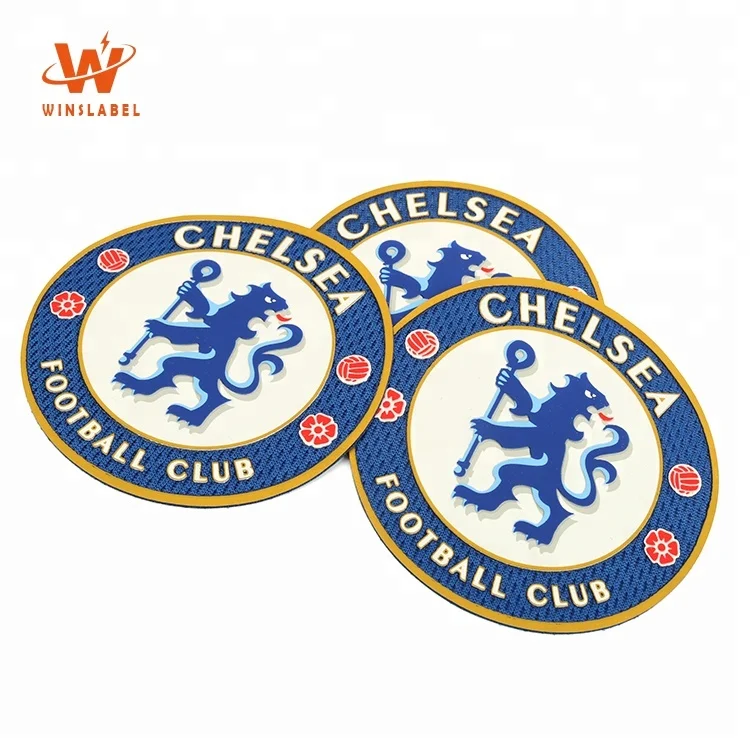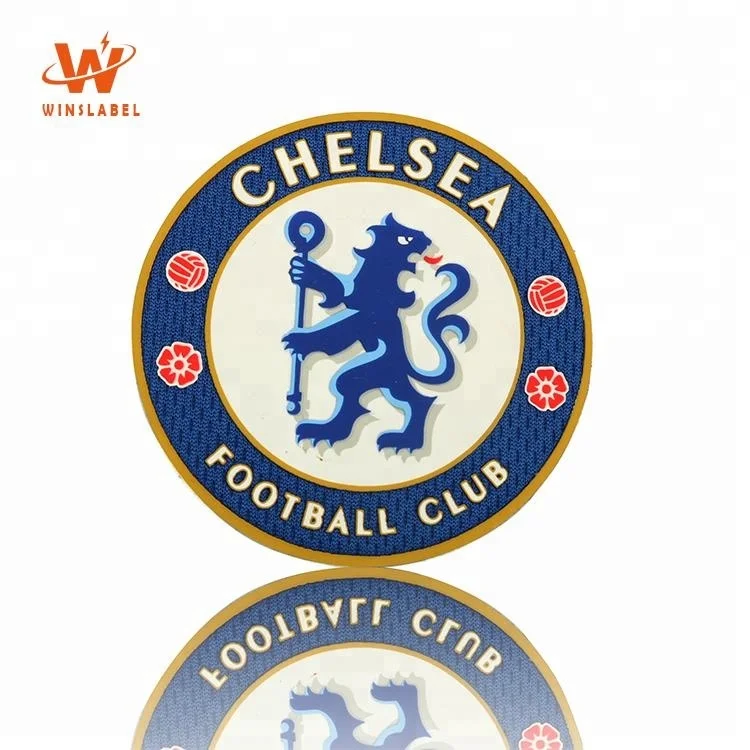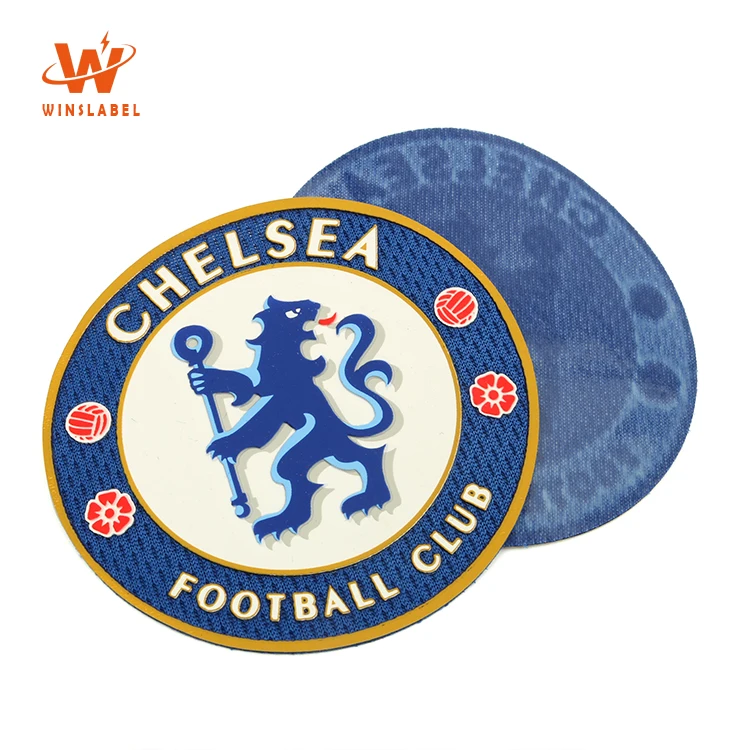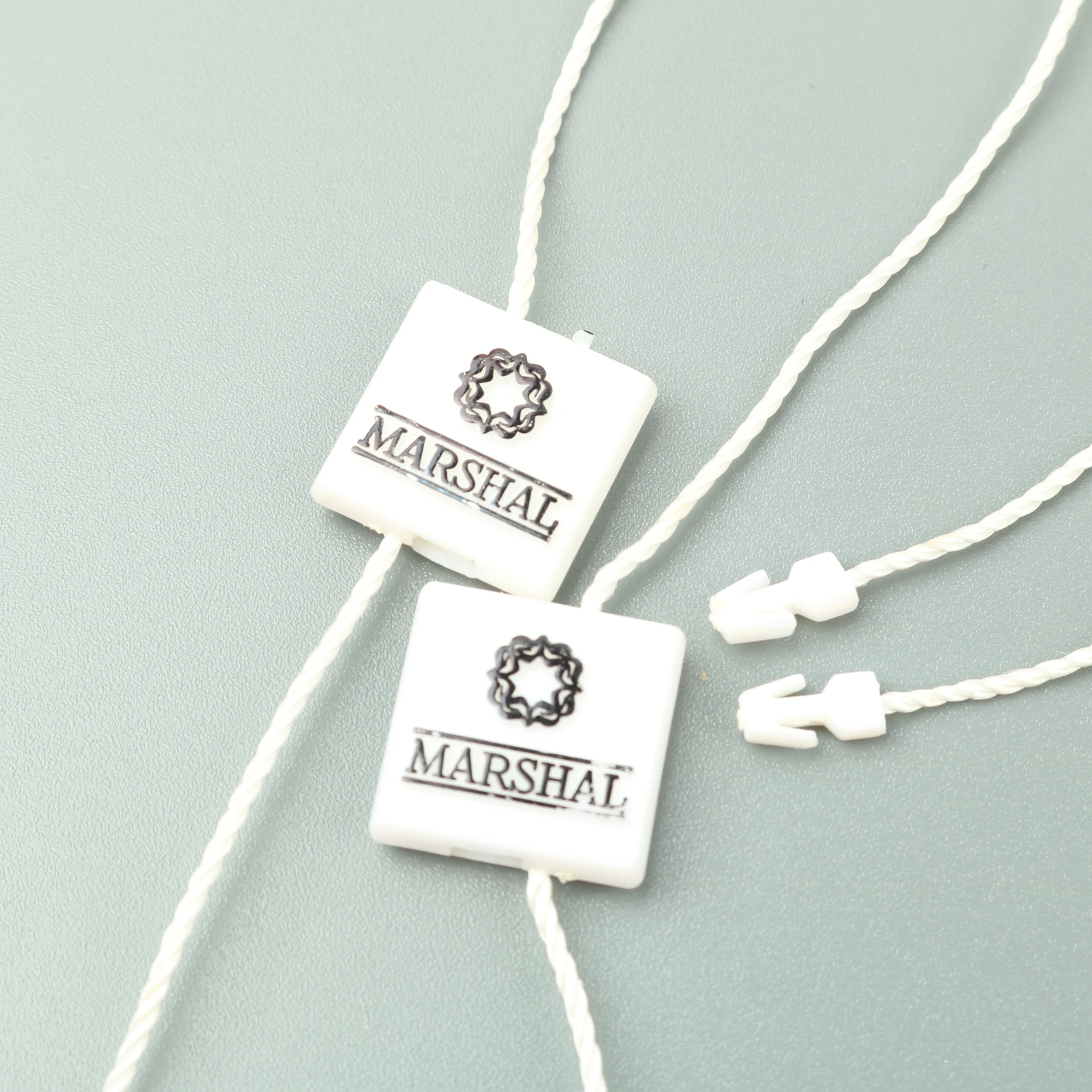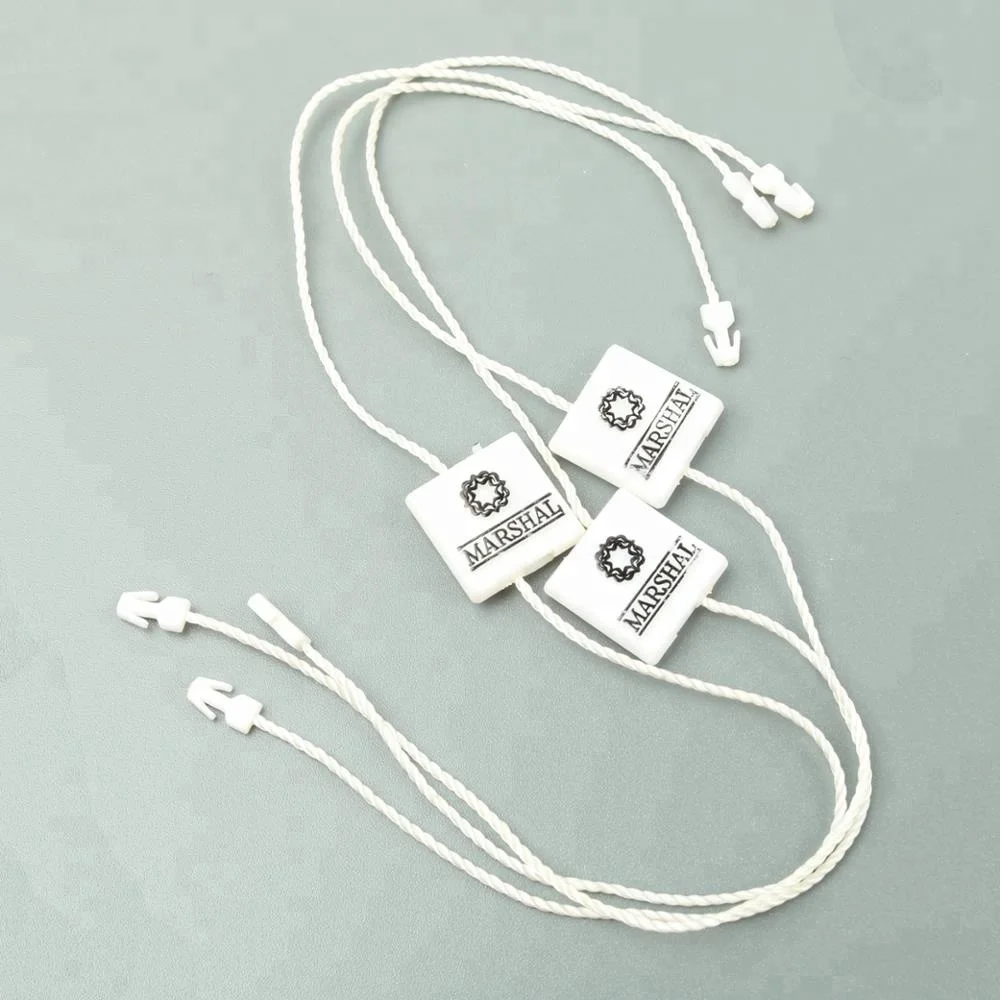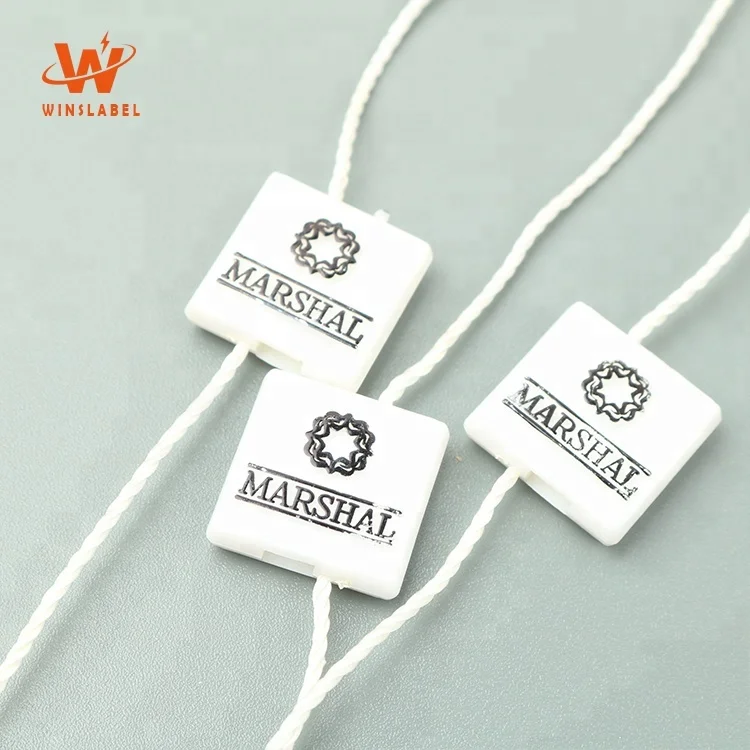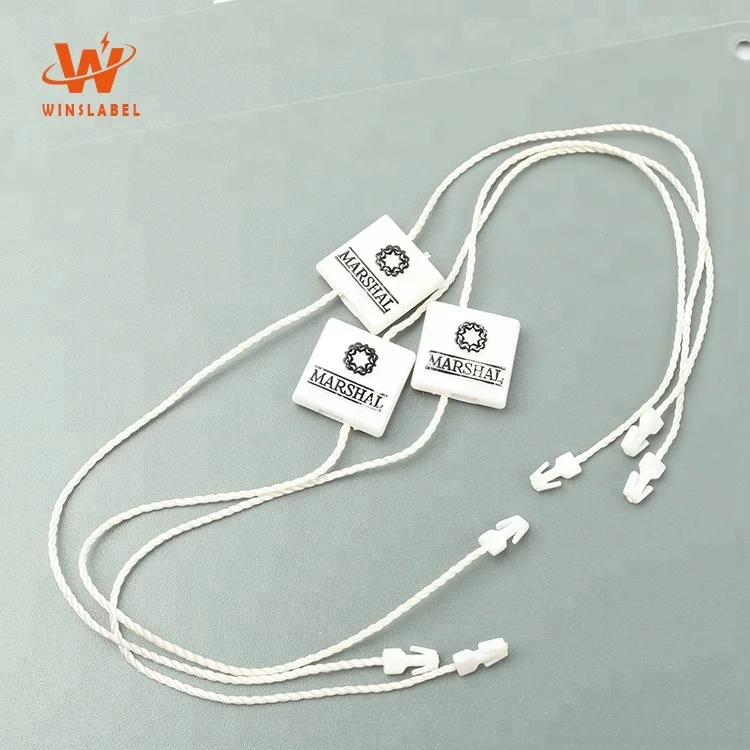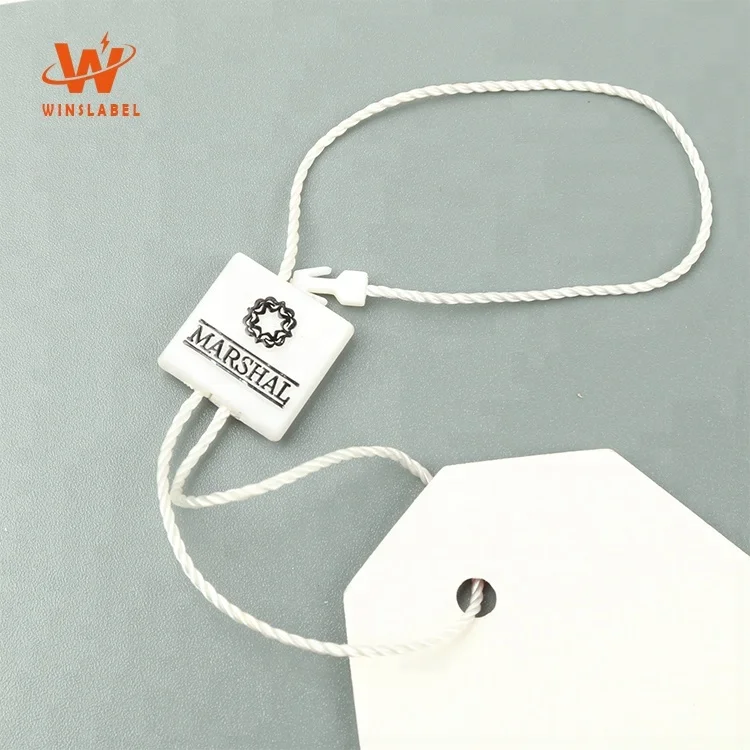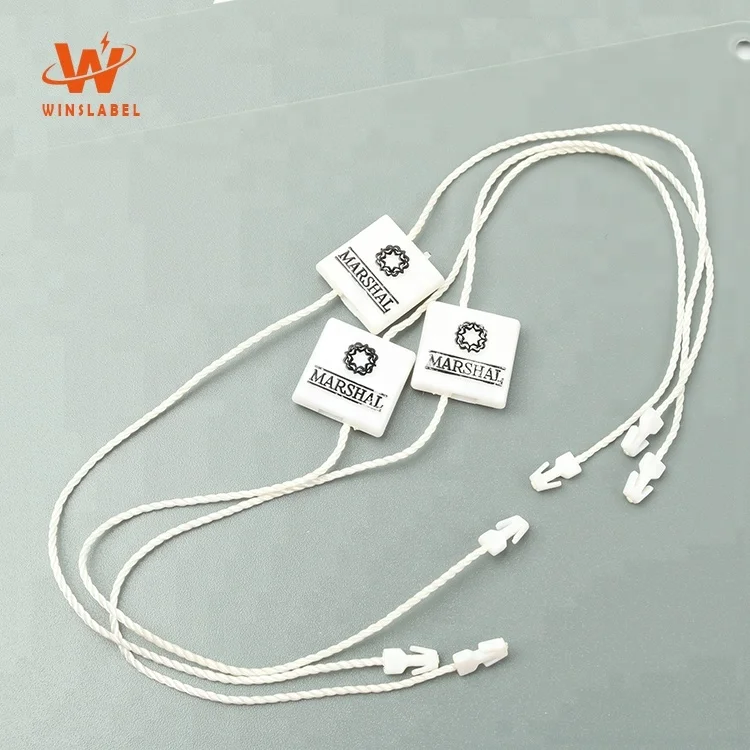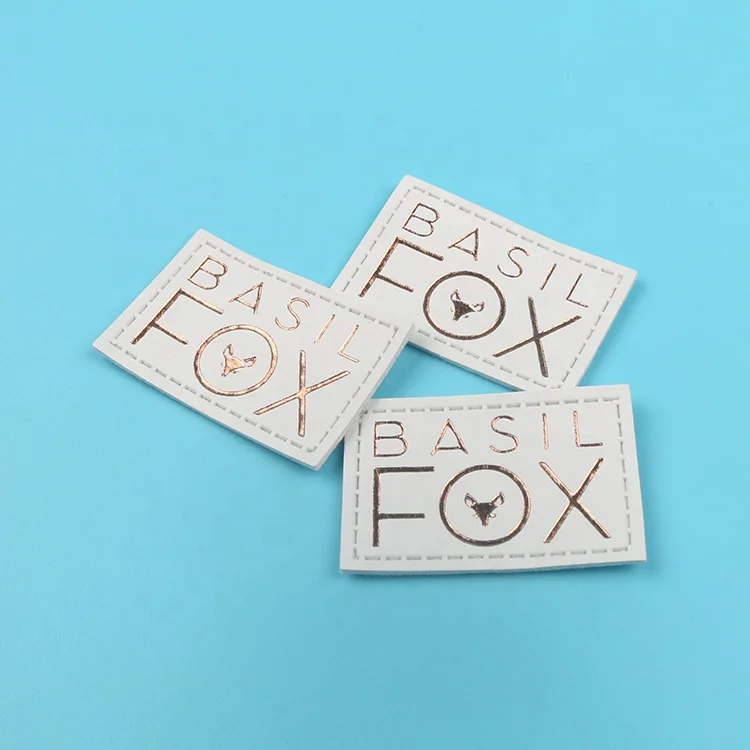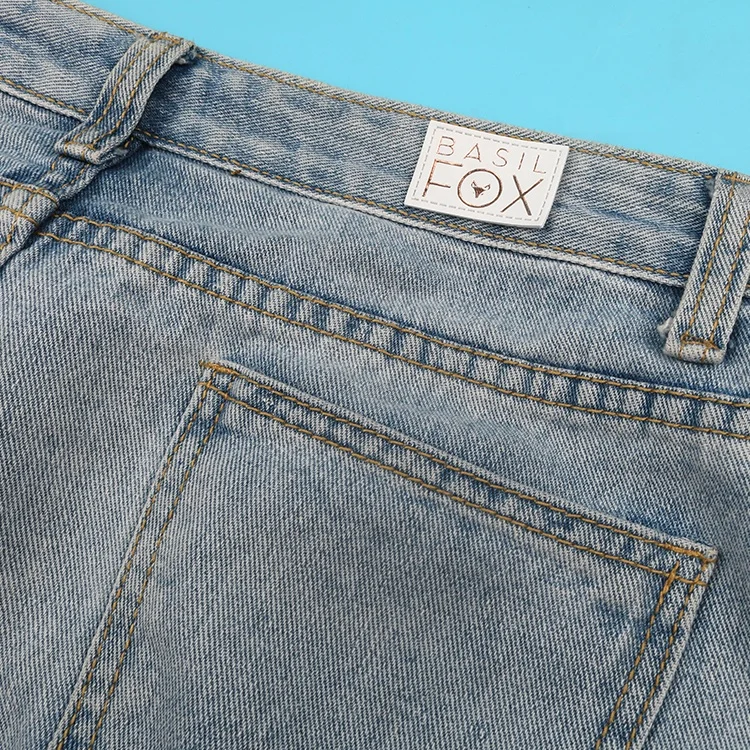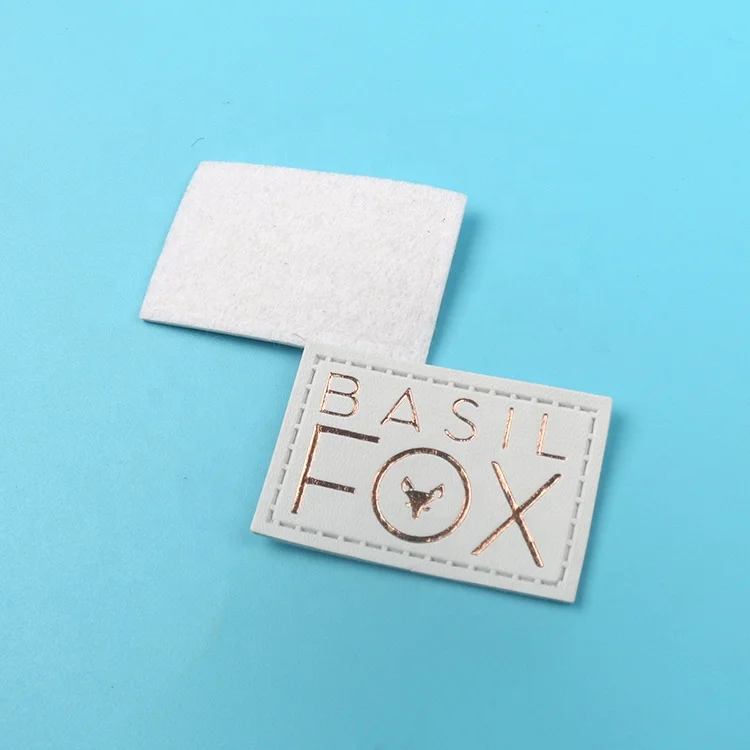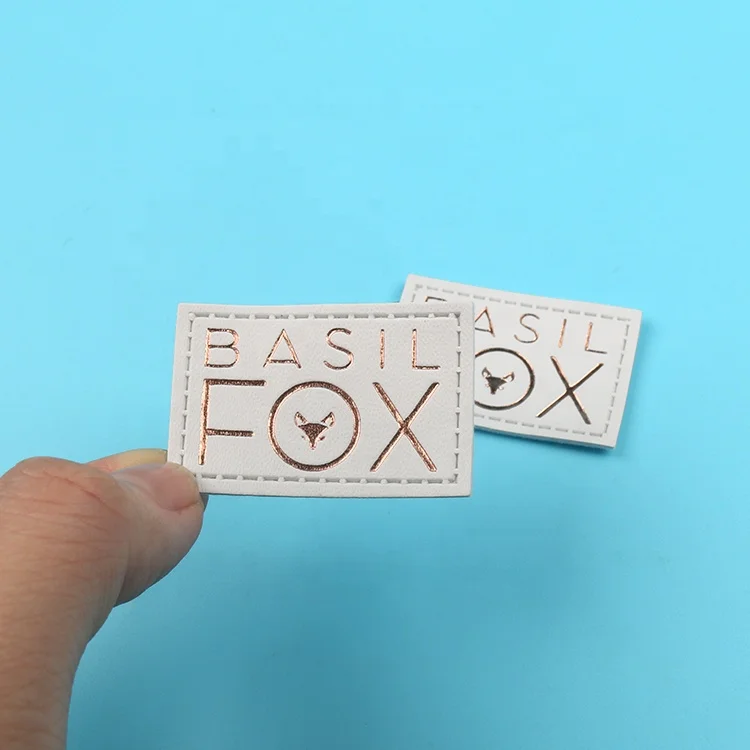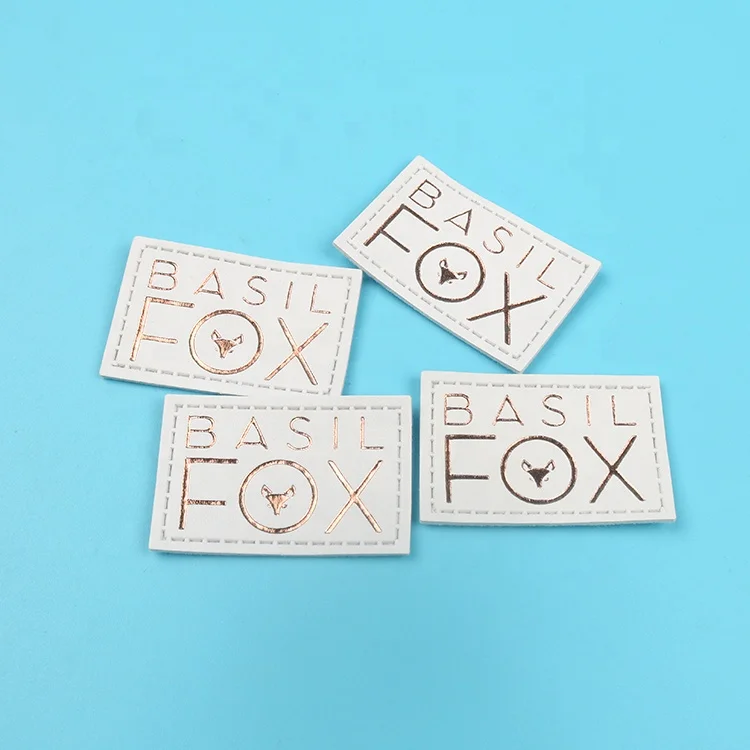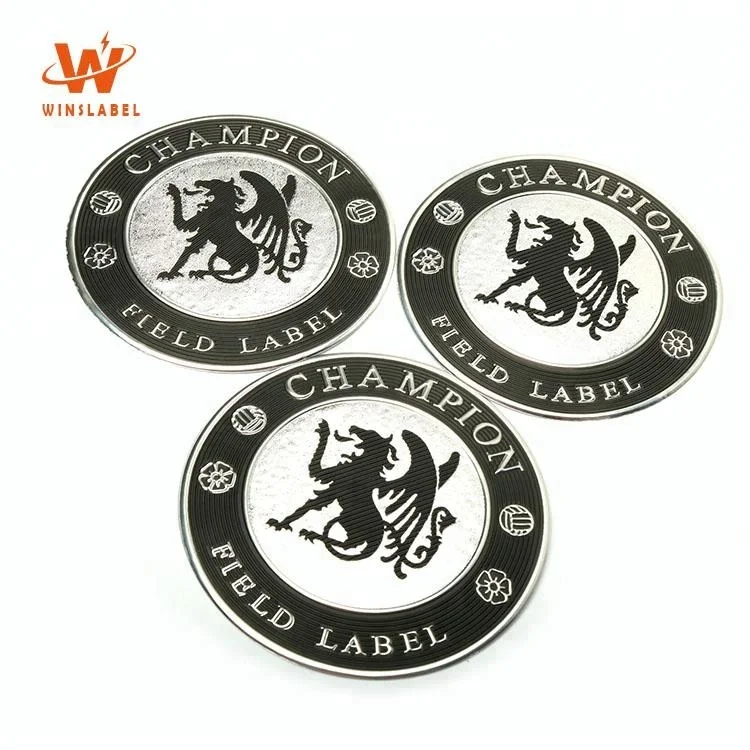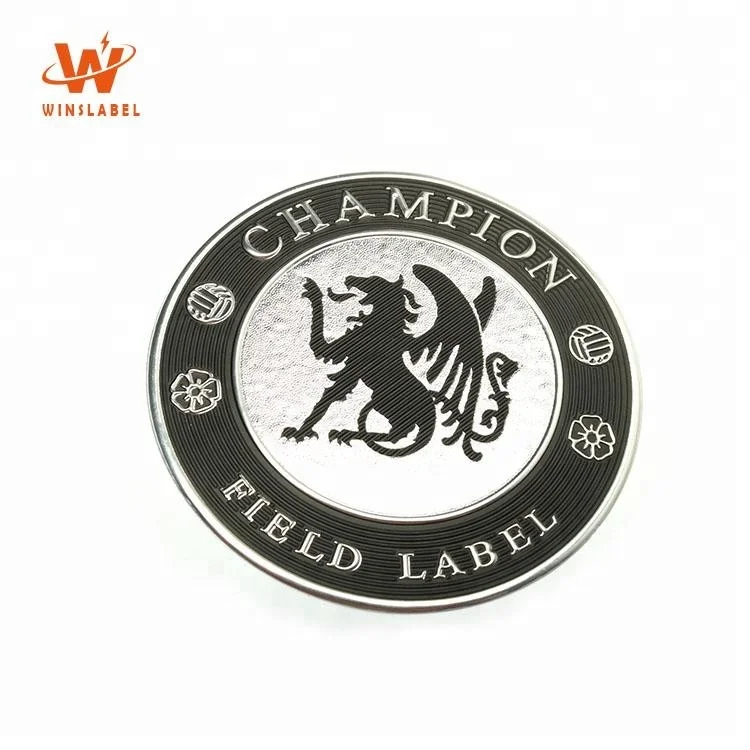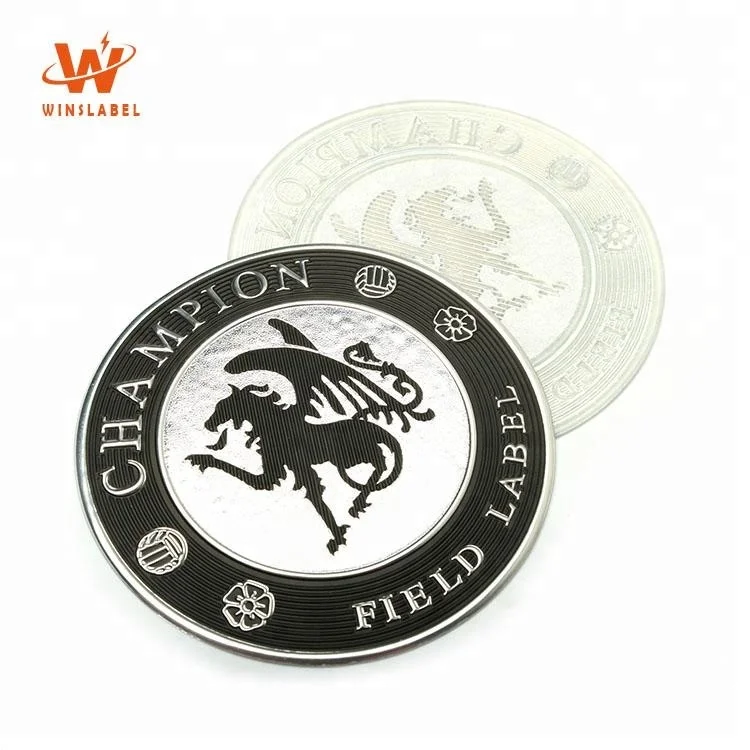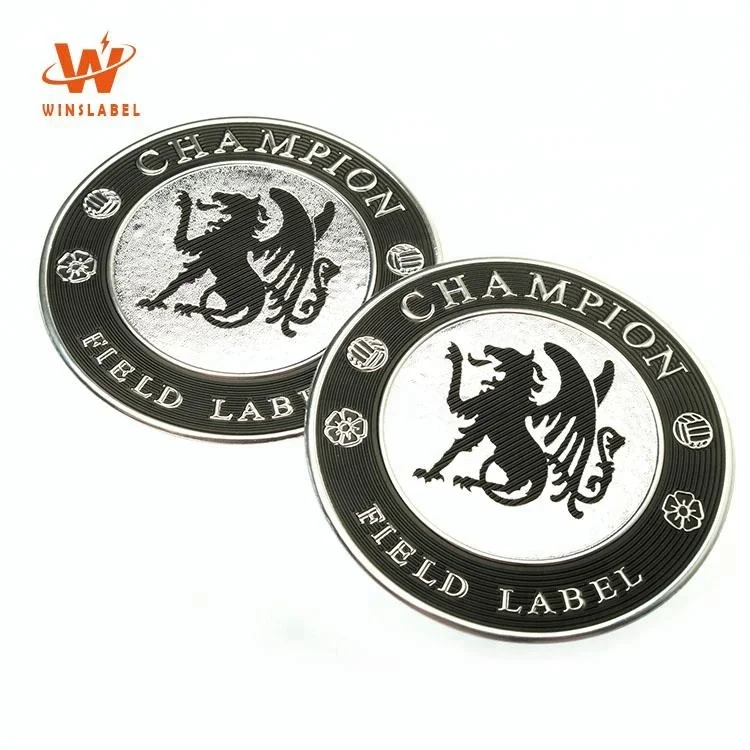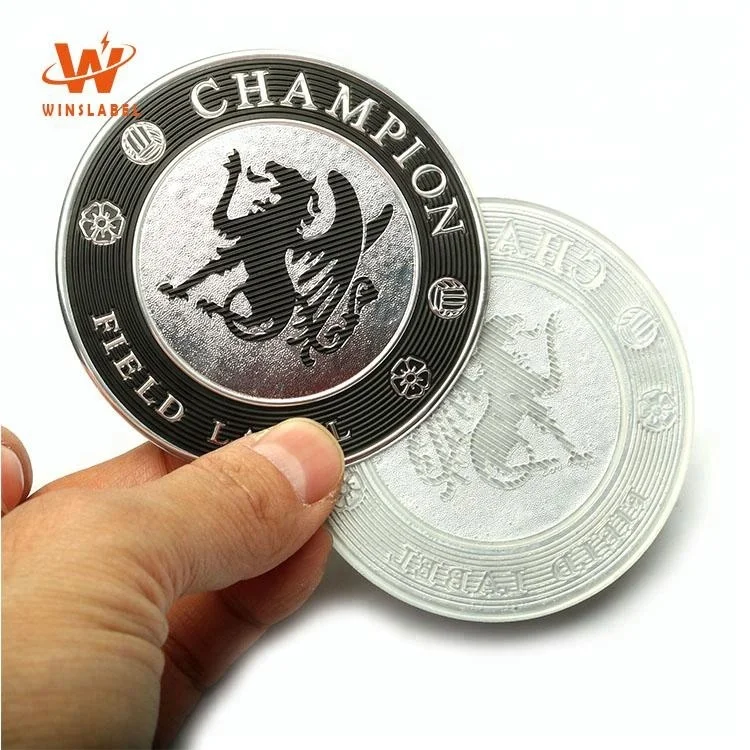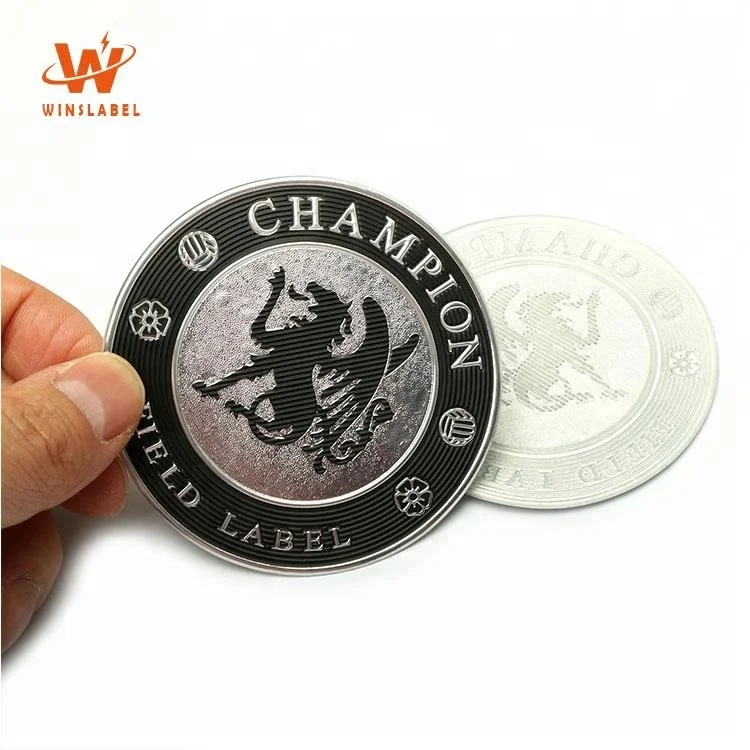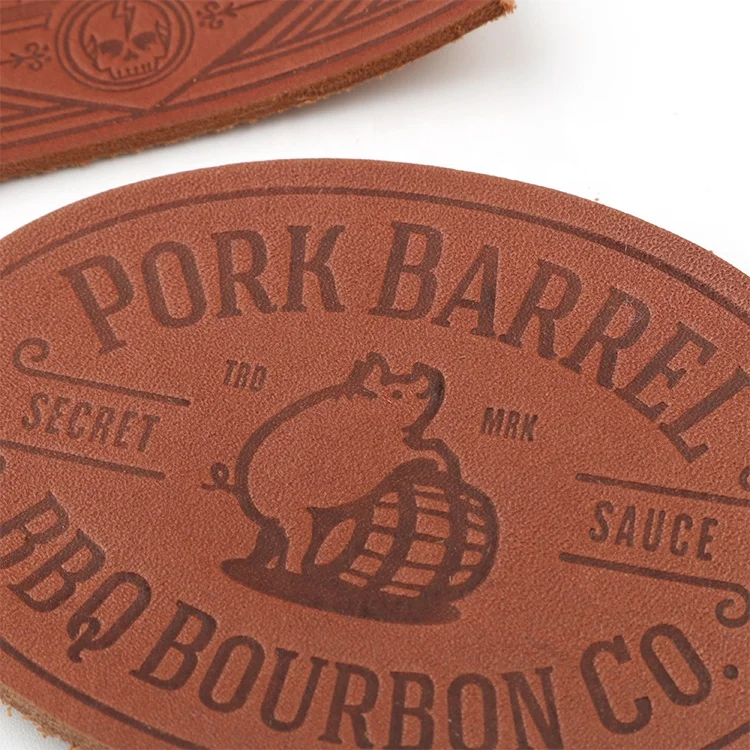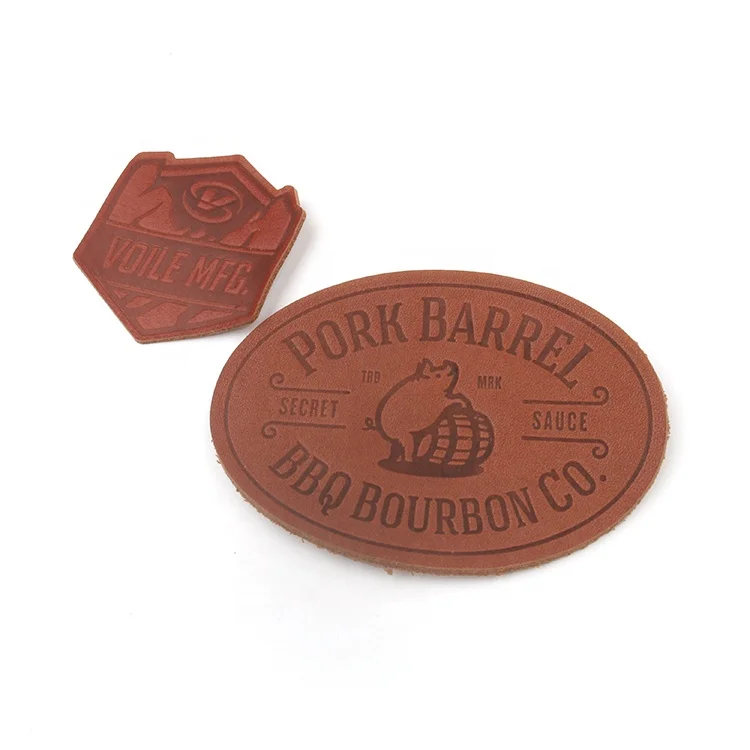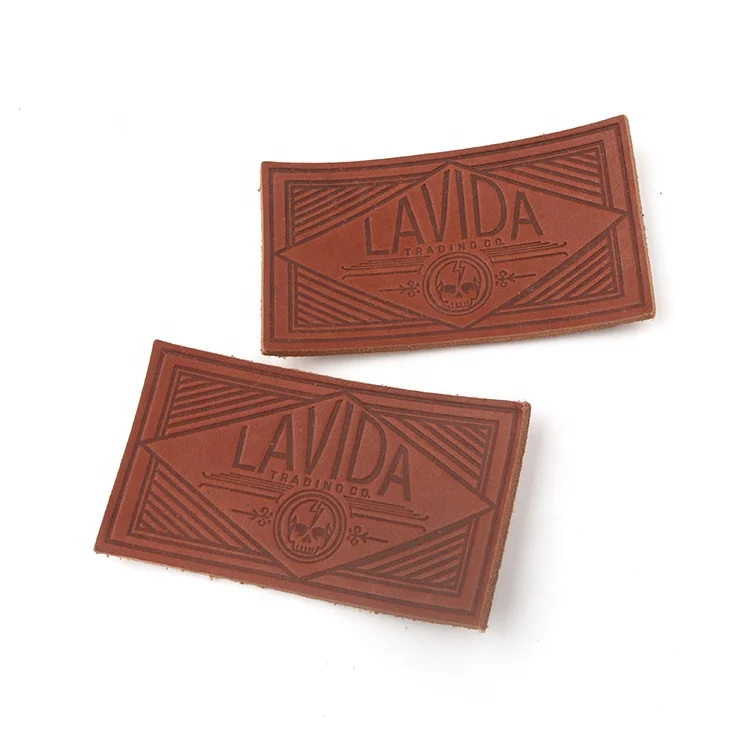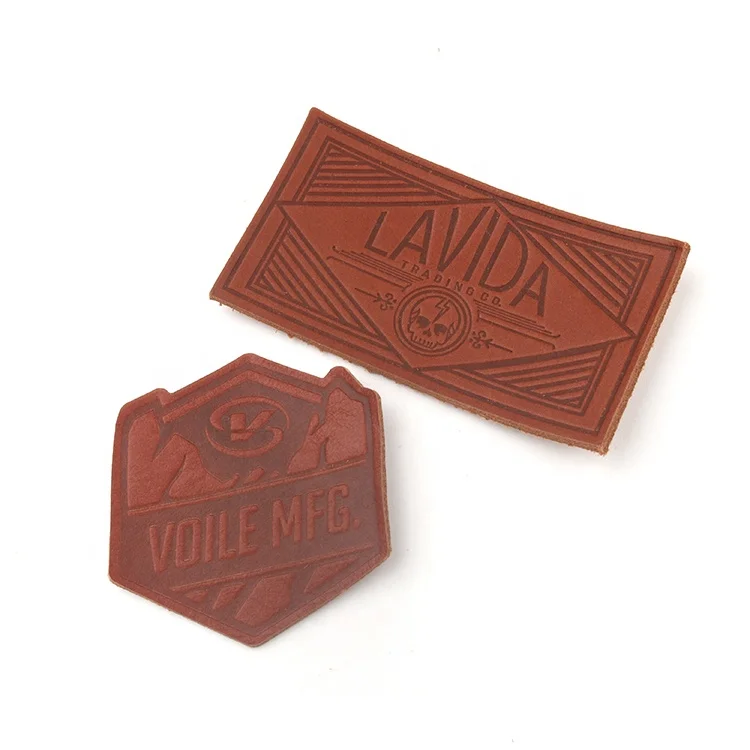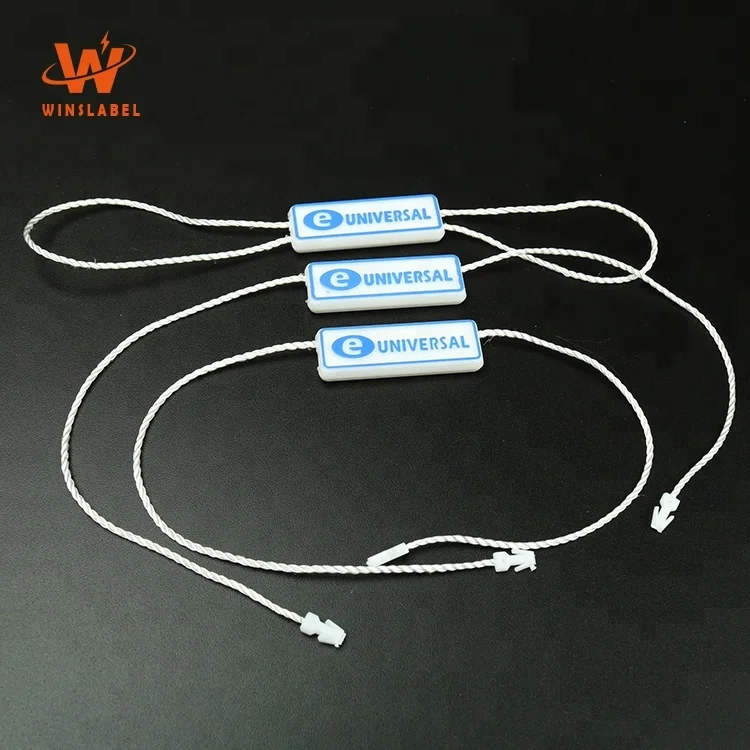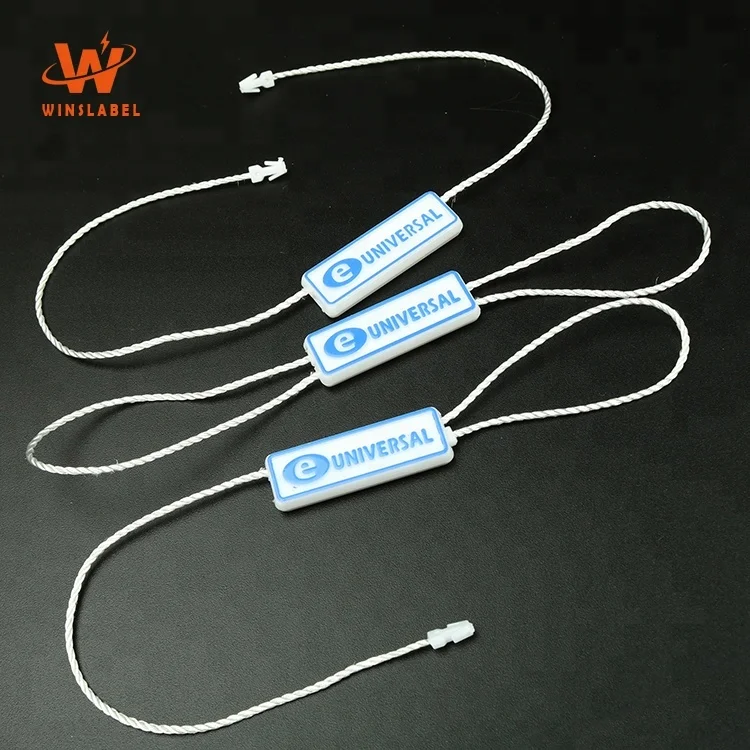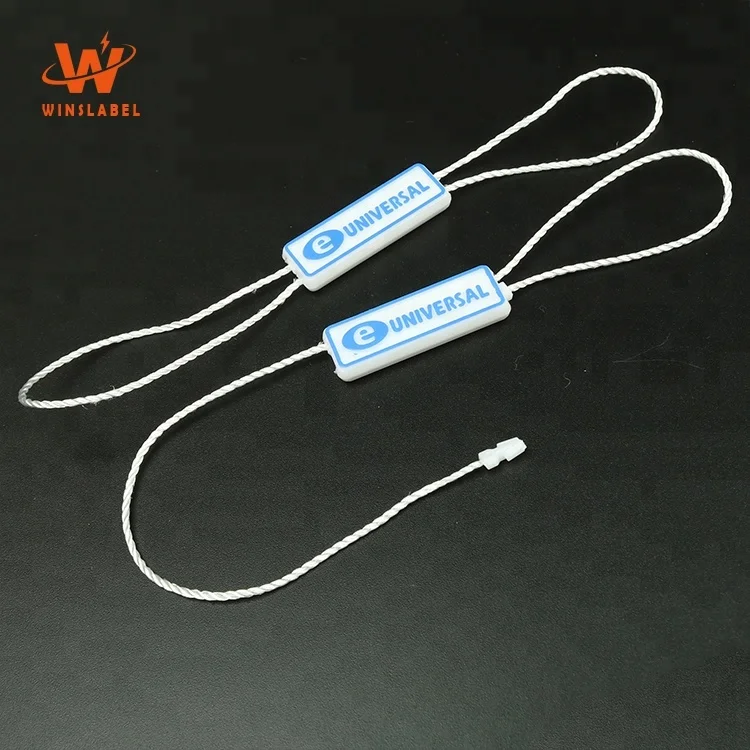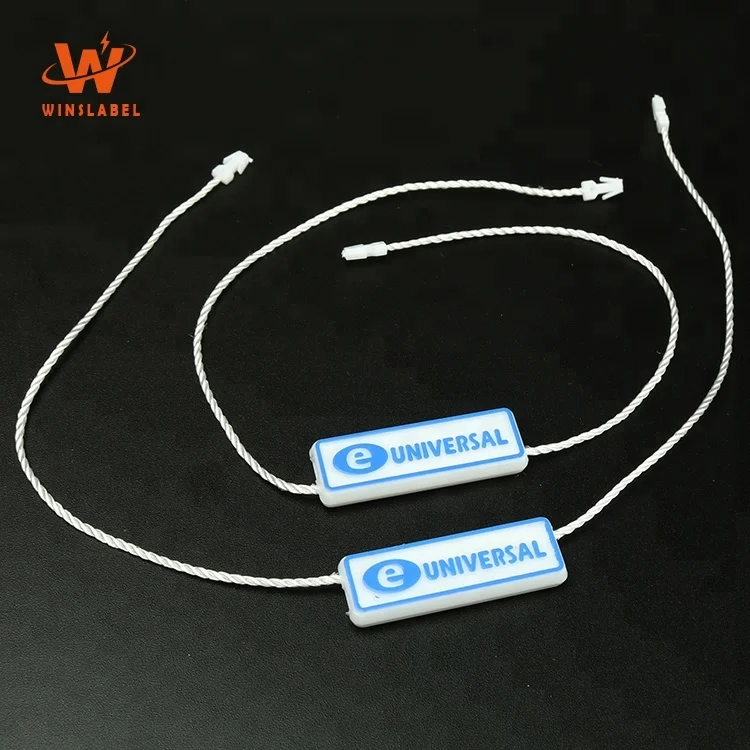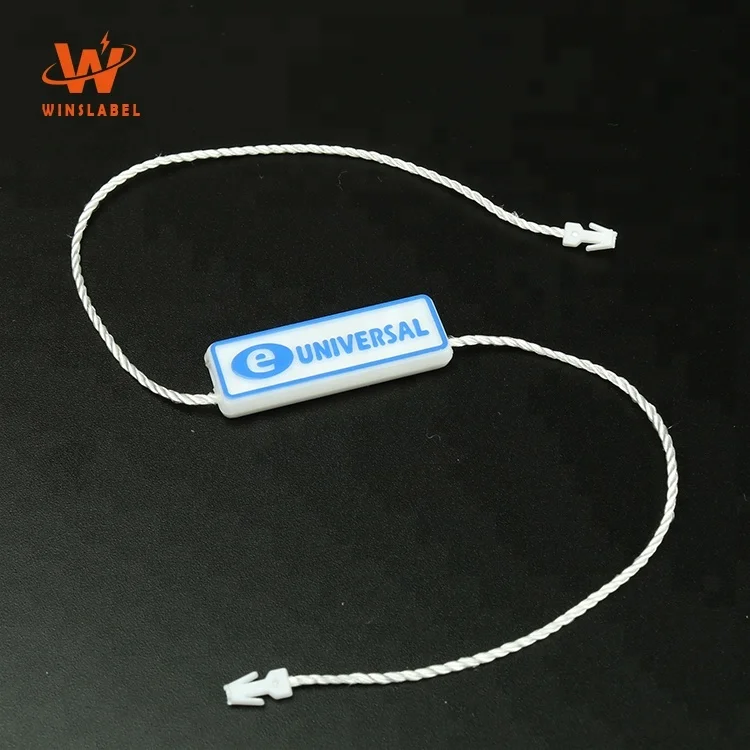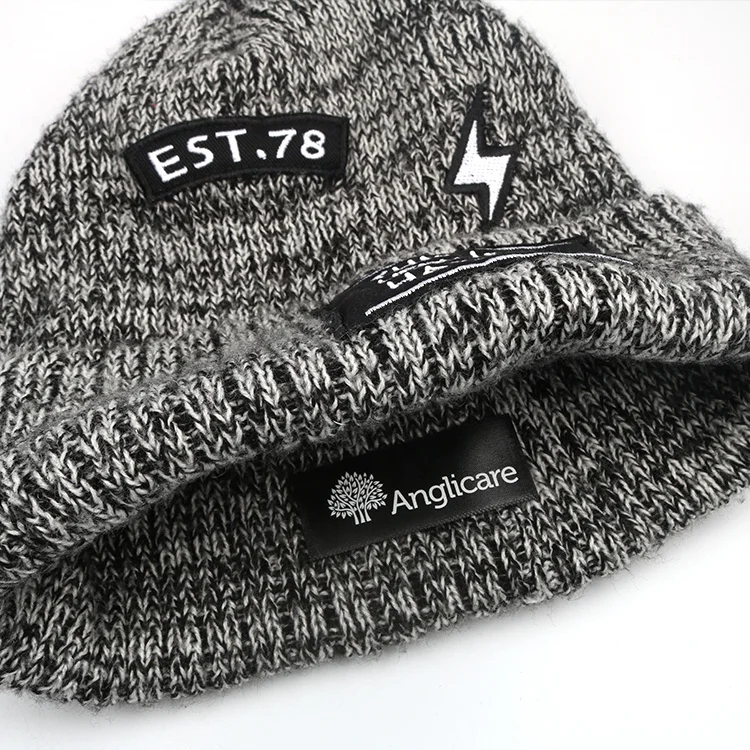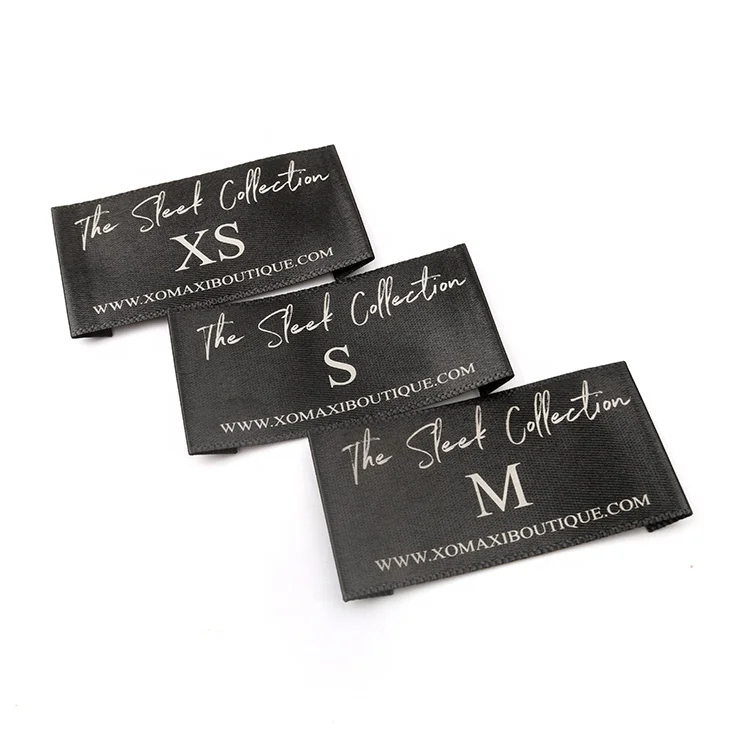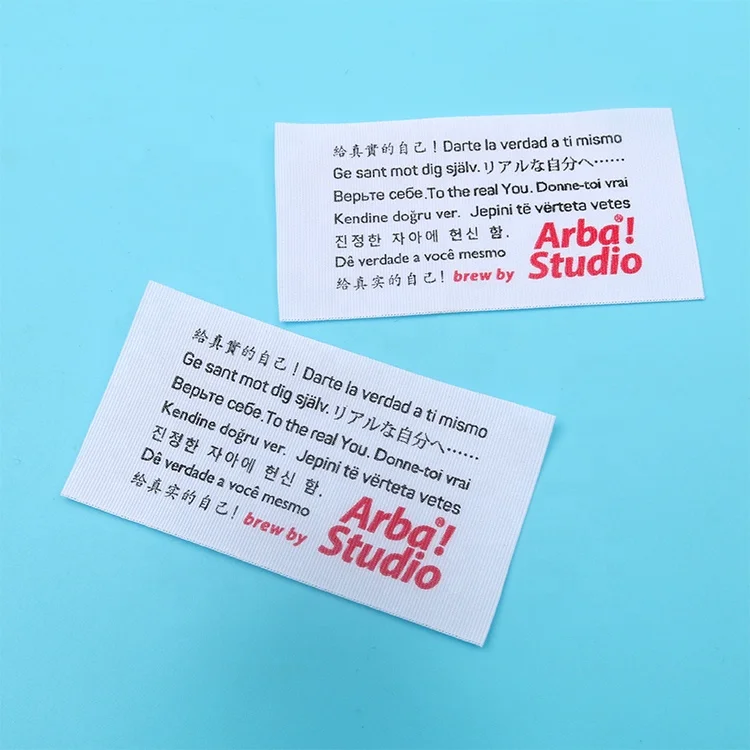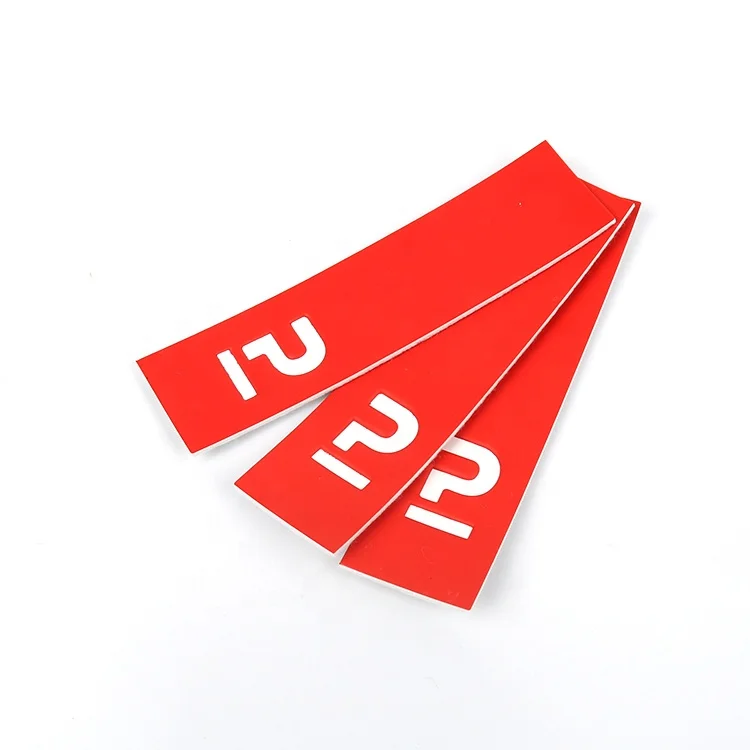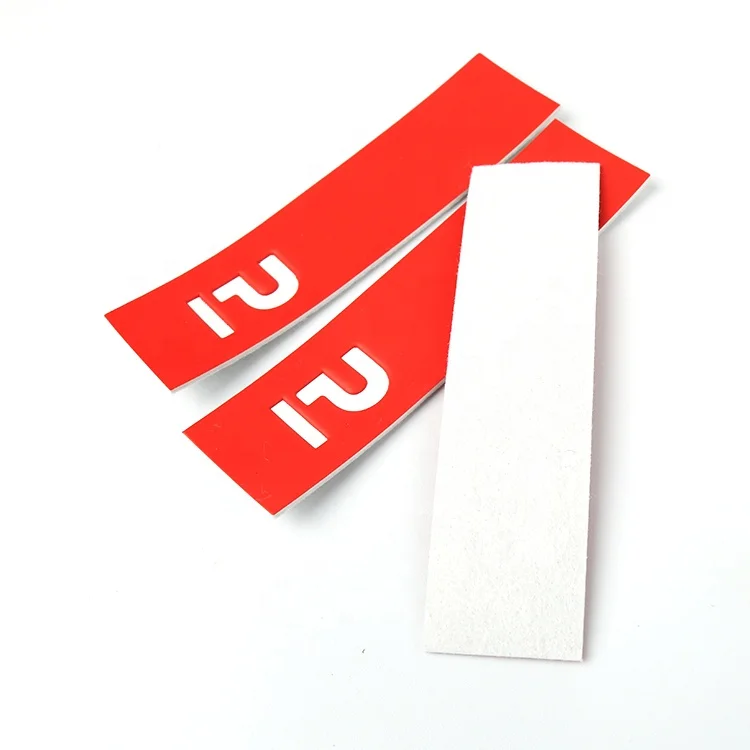Fiberglass Cloth: Types, Uses, and How to Source from China
Fiberglass cloth is a versatile material widely used in industries like construction, automotive, and marine. Its durability, heat resistance, and lightweight properties make it a preferred choice for reinforcing composites. This guide covers everything you need to know about fiberglass cloth, from types to sourcing strategies.
How to Find Reliable Fiberglass Cloth from China in 2025
China remains a top supplier of fiberglass cloth, offering competitive prices and high-quality products. To find reliable suppliers:
- Check certifications like ISO 9001 and CE.
- Review supplier ratings and customer feedback on platforms like Alibaba.
- Request samples to test quality before bulk orders.
- Verify production capacity and lead times.
What Buyers Should Know Before Buying Fiberglass Cloth from China
Before purchasing, consider:
- Material specifications: Weight, weave type, and resin compatibility.
- Shipping costs: Factor in logistics to avoid hidden expenses.
- Payment terms: Negotiate secure payment methods like LC or escrow.
- Customs regulations: Ensure compliance with import duties and taxes.
Types of Fiberglass Cloth
Common types include:
- Plain weave: Balanced strength for general-purpose use.
- Twill weave: Enhanced flexibility for complex shapes.
- Satin weave: Smooth surface for aesthetic applications.
- Unidirectional: High tensile strength in one direction.
Functions and Features of Fiberglass Cloth
Key features:
- High strength-to-weight ratio.
- Resistant to corrosion, heat, and chemicals.
- Excellent electrical insulation properties.
- Easy to cut and mold for custom applications.
Scenarios of Fiberglass Cloth
Used in:
- Construction: Reinforcing concrete and insulation.
- Automotive: Lightweight body panels and repairs.
- Marine: Boat hulls and decks for durability.
- Aerospace: Composite materials for aircraft.
How to Choose Fiberglass Cloth
Consider:
- Application requirements: Match weave and weight to your project.
- Resin compatibility: Ensure the cloth works with your bonding agent.
- Supplier reputation: Opt for verified manufacturers with proven track records.
Fiberglass Cloth Q & A
Q: What is the difference between fiberglass cloth and mat?
A: Cloth has a woven structure for higher strength, while mat is non-woven for easier molding.
Q: Can fiberglass cloth withstand high temperatures?
A: Yes, it resists temperatures up to 1000°F (540°C) depending on the resin used.
Q: How do I store fiberglass cloth?
A: Keep it dry and away from direct sunlight to prevent degradation.
Q: Is fiberglass cloth eco-friendly?
A: It’s recyclable but requires proper handling due to its resin content.
Q: What’s the average lead time for orders from China?
A: Typically 2-4 weeks, depending on order size and shipping method.


